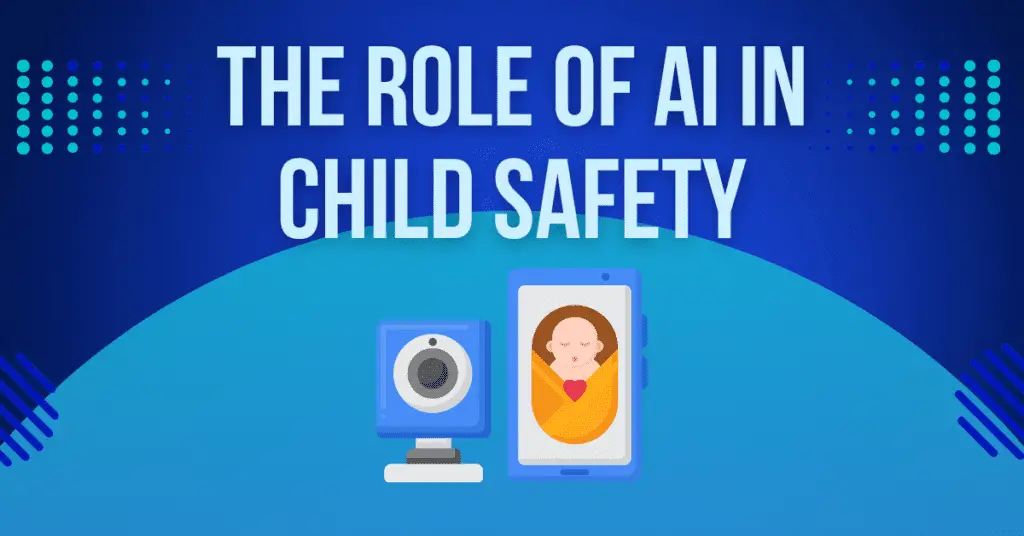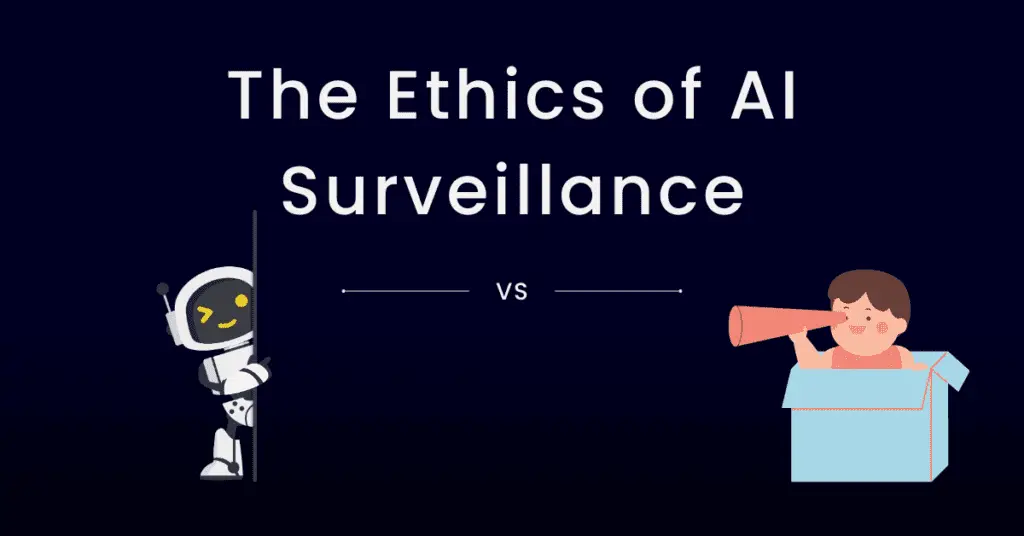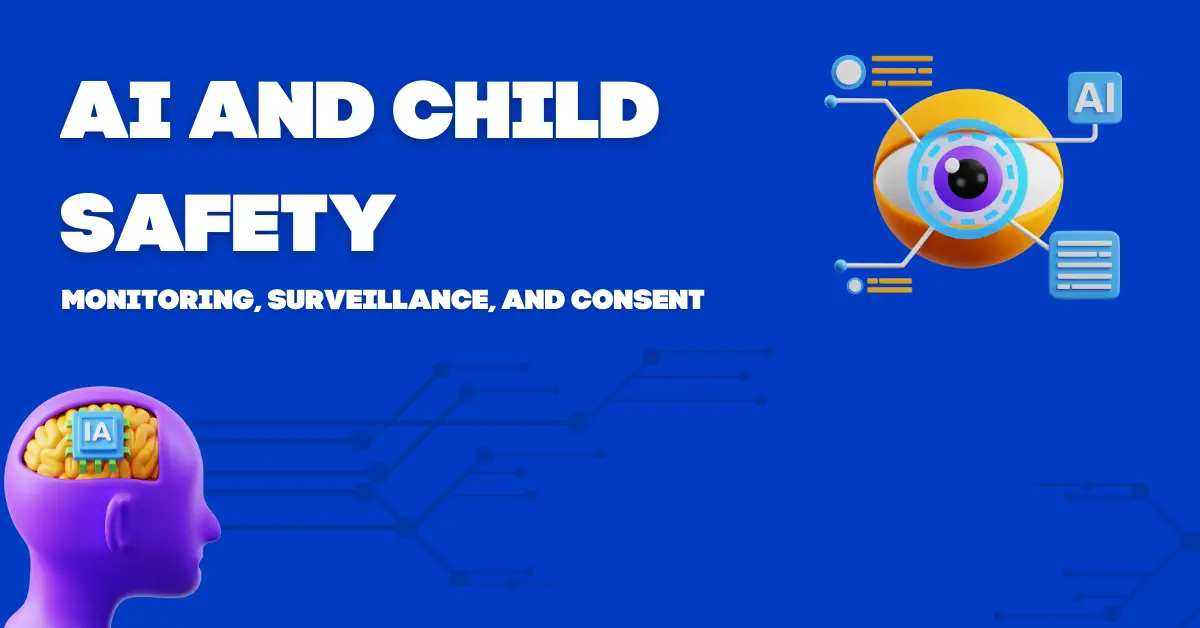In a world increasingly influenced by technology, ensuring the safety of children in the digital landscape has become a paramount concern. With the rise of artificial intelligence (AI), we now have a new and powerful tool that can aid us in creating a safer online environment for children.
The relationship between AI and child safety is complex and multifaceted, raising questions about surveillance, monitoring, and consent that are deeply entwined with ethical and privacy considerations. This article will provide a comprehensive exploration of these issues, beginning with an understanding of child safety and risks online.
AI can be a wonderful tool for parenting and for children alike. Parents can use AI tools like ChatGPT for things like breaking down complex topics to what a child can understand, meal planning, and planning family getaways. Kids can use AI to help them understand homework assignments and learn about new and wonderful hobbies.
These tools don’t come without risks and safety issues and parents need to be vigilant in staying on top of this emerging technology.
Understanding Child Safety and Risks Online
Children today are more connected to the digital world than any previous generation. With the advent of smartphones, tablets, and high-speed internet, kids can interact with the world in ways that were unimaginable just a few decades ago. However, this accessibility comes with a host of potential threats and dangers.
A. Exploring online dangers and threats to children
Online dangers can take many forms. Cyberbullying, for instance, is a growing concern that can have serious emotional and psychological consequences for children. Online predators, who can hide behind the anonymity provided by the internet, are another significant risk. Furthermore, the web is replete with content that may not be suitable for a young audience, from violent or sexually explicit material to harmful misinformation.
B. Implications of unmonitored internet usage
Unmonitored internet usage by children can expose them to these online threats, potentially leading to harmful consequences. Children may unknowingly share personal information that could be used maliciously, or they may develop unhealthy habits or attitudes based on harmful online content. These risks highlight the critical need for monitoring and protective measures in children’s online activity.
C. Privacy concerns for children online
While monitoring and protective measures are important, they must be balanced against the child’s right to privacy. Children, just like adults, deserve a certain degree of privacy, even in their online interactions. The challenge lies in finding the right balance between ensuring children’s safety online and respecting their privacy rights – a complex issue that becomes even more pronounced with the introduction of AI into the equation.

The Role of AI in Child Safety
Artificial Intelligence has started to play an increasingly prominent role in addressing the safety concerns associated with children’s digital interactions. By leveraging advanced computational capabilities and machine learning algorithms, AI can provide powerful tools for monitoring, detecting, and preventing potential risks online.
A. The basics of AI technology and how it relates to safety
AI, at its core, is a branch of computer science that focuses on creating machines capable of intelligent behaviour. It involves the use of algorithms and models to enable machines to learn from data, recognize patterns, make decisions, and improve from experience without being explicitly programmed. When it comes to child safety, AI can be used to identify and mitigate online risks, monitor interactions, and filter inappropriate content, among other things.
B. How AI is used to monitor and enhance child safety
AI tools can be employed in a variety of ways to enhance child safety. For instance, AI algorithms can analyze a child’s online activities, flagging potential harmful behaviour such as cyberbullying or communication with potential predators. AI can also be used to scan and filter content, ensuring that children are not exposed to inappropriate material. Moreover, AI can also help in tracking a child’s digital footprint, providing insights into their online behaviour and habits.
C. Current AI tools and applications for child safety
There are numerous AI tools currently available that cater to child safety. For example, parental control apps often use AI to filter harmful content and send alerts about potentially dangerous situations. There are also AI-powered platforms that can monitor social media platforms and gaming environments for signs of harmful interactions.
D. The benefits and limitations of AI in child protection
While AI can offer considerable benefits in terms of enhancing child safety, it’s also essential to acknowledge its limitations. AI tools are not infallible and can sometimes produce false positives or overlook certain threats. Additionally, the use of AI also raises concerns about children’s privacy, an aspect that we will explore in the following sections. Thus, while AI offers promising capabilities in the domain of child safety, it’s crucial to employ these tools judiciously, considering both their potential benefits and inherent limitations.
AI for Monitoring and Surveillance
The rise of AI has revolutionized the ways in which children’s online activity can be monitored and surveilled. It provides new opportunities to ensure child safety, while also raising important ethical and privacy questions.
How AI is used to monitor child online activity
AI’s powerful pattern recognition capabilities make it an effective tool for monitoring children’s online activities. It can scan text messages, social media posts, and other online communications for harmful content or concerning behaviour. For example, it can detect signs of cyberbullying, grooming by online predators, or a child’s exposure to inappropriate content. When these risks are identified, alerts can be sent to parents or guardians, enabling them to intervene and take necessary action.
AI-enabled surveillance systems and their role in child safety
AI is also central to the operation of modern surveillance systems used for child safety. AI-powered cameras and security systems, for instance, can recognize unusual behaviour patterns, keep track of a child’s whereabouts, or even detect potential dangers in the physical environment. This level of surveillance extends the boundaries of child safety from the online realm into the real world.

The Ethics of AI Surveillance
The use of AI for monitoring and surveillance in the context of child safety, while promising, introduces several ethical dilemmas. These primarily revolve around privacy implications, the balance between safety and privacy, and broader societal and legal considerations.
Discussion of the privacy implications of AI monitoring
AI monitoring tools, by design, collect and analyze vast amounts of data, often without the explicit knowledge or understanding of the individuals being monitored, in this case, children. This raises significant privacy concerns. While these tools are aimed at protecting children, they also risk invading their privacy and autonomy by constantly surveilling their activities, both online and offline.
Balancing child safety and privacy rights
The balance between ensuring children’s safety and preserving their privacy rights is a challenging one. While children’s safety is of the utmost importance, it is also crucial to respect their rights to privacy and freedom of expression. Over-surveillance can lead to feelings of mistrust and anxiety, and also limit children’s opportunities to learn from their mistakes and develop digital literacy skills. Therefore, it’s important to use AI surveillance tools judiciously and to involve children in conversations about their online safety.
Societal and legal considerations
The use of AI in child safety monitoring also introduces complex societal and legal considerations. Different societies may have varying thresholds of acceptance for such surveillance, influenced by cultural, social, and legal factors. Furthermore, legal frameworks around data privacy, especially for minors, can vary significantly across different jurisdictions. It is essential for policymakers, tech developers, and parents to work together to develop guidelines that address these ethical challenges while maximizing the potential of AI to enhance child safety.
Future Trends in AI and Child Safety
The field of AI is dynamic and rapidly evolving, with implications for how we approach child safety today and in the future. As we look ahead, there are several trends and potential developments to consider.
How AI technology might evolve to enhance child safety
The advancement of AI technologies, such as machine learning, natural language processing, and computer vision, is expected to continue to refine and enhance the ways in which we can protect children online. For instance, improved AI algorithms might offer better accuracy in detecting risks, from cyberbullying to contact with potential predators, and even provide real-time interventions.
Potential future risks and challenges
As AI continues to evolve, so too will the challenges we face. For instance, as AI becomes more sophisticated, so too might the methods employed by those who seek to harm or exploit children online. AI might also become a tool for more invasive surveillance, potentially infringing on children’s privacy rights. These evolving risks highlight the need for ongoing research, regulation, and dialogue in this area.
Conclusion
Artificial Intelligence has already begun to reshape the landscape of child safety in significant ways. Its ability to monitor, detect, and respond to potential threats holds great promise for enhancing the protection of children in the digital world and assisting in parenting. However, the use of AI also brings challenges and ethical considerations, particularly in terms of privacy and consent.
It is crucial to strike a balance, utilizing AI to safeguard children while also respecting their privacy rights and autonomy. To achieve this, a collaborative approach is needed, involving parents, educators, technologists, policymakers, and the children themselves. As we continue to navigate this complex landscape, it is clear that AI will remain a vital tool in our efforts to ensure child safety in the digital age.

